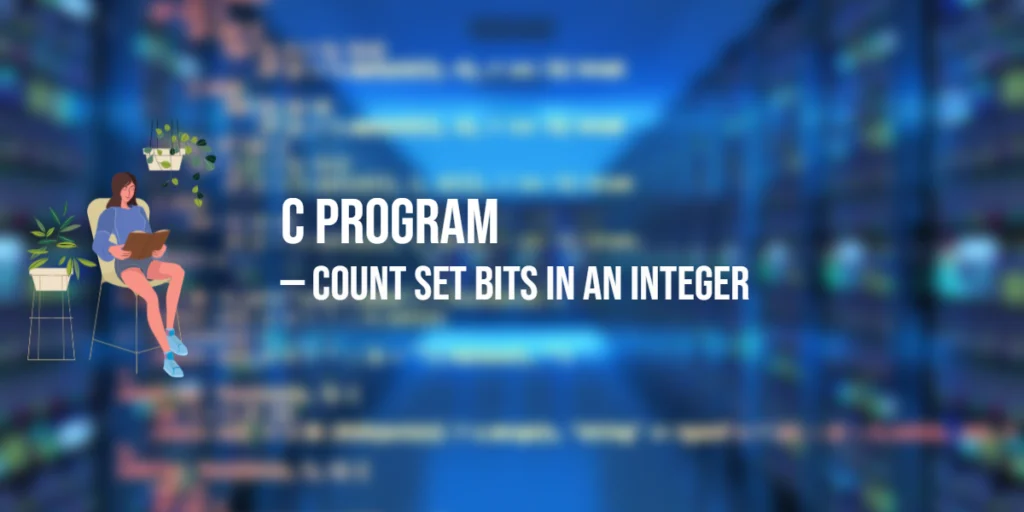Program in C to Convert Decimal to Binary
Decimal numbers are the standard number system we use daily, based on base 10. Computers, however, work with binary (base 2) numbers. Converting decimal numbers into binary is a fundamental operation in programming, helping us understand how values are stored and processed internally. In this article, we will write C programs to convert decimal numbers […]
Program in C to Convert Decimal to Binary Read More »









